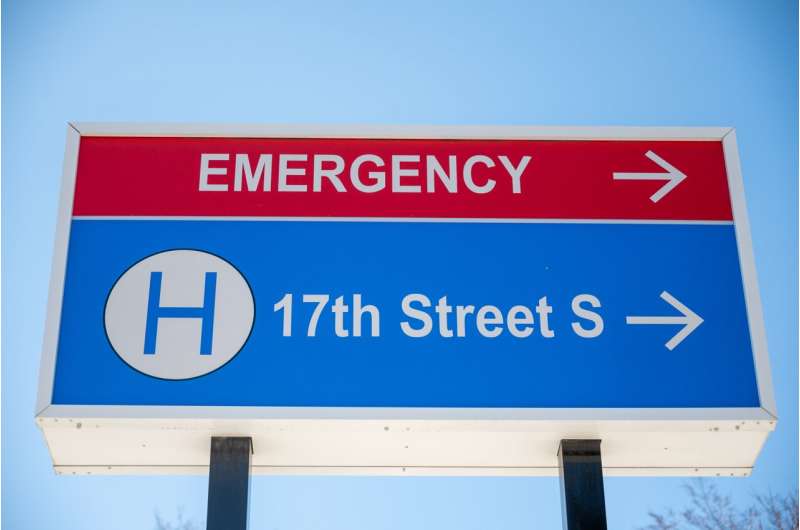Emergency departments are vital to care coordination efforts to reduce readmissions

A new study shows that even though hospitals experience similar rates of emergency department (ED) visits after major surgeries, some have a great deal more readmissions. Study authors from Regenstrief Institute, the U.S. Department of Veterans Affairs, Indiana University and University of Michigan say this demonstrates the need for greater coordination of care.
The study analyzed the electronic health records of nearly 2 million Medicare beneficiaries who underwent one of five common surgical procedures. The surgeries included percutaneous coronary intervention, colectomy, hip replacement, coronary artery bypass grafting and aortic valve repair or replacement. Researchers compared rates of post-discharge ED visits, the proportion of patients readmitted to the hospital from the ED, and hospital readmission within seven days of discharge from the ED.
“Our analysis found that although there is a wide range of variation in rates of readmission throughout hospitals, some hospitals are better at preventing readmissions from the emergency department,” said first author Sharmistha Dev, M.D., Regenstrief research scientist, affiliate investigator at the VA Health Services Research and Development Center for Health Information and Communication in Indianapolis and assistant professor at IU School of Medicine.
“Emergency departments are a significant factor in preventing readmission,” she continued. “Coordination of care should involve the ED. Our immediate next steps are to perform a deep dive into the practices of the best and worst performing hospitals and emergency departments. Is it increased communication between the ED and surgeons? Is it the existence of outpatient care plans? Understanding those factors will help guide future interventions such as mobile health or telehealth.”
Reducing readmissions following surgical procedures has become an important issue for payers and policymakers. For example, penalties imposed by the Centers for Medicare and Medicaid Services’ (CMS) Hospital Readmissions Reduction Program were expanded to include select surgical conditions. Additionally, there is further regulatory pressure on hospitals tied to episode-based payment programs, such as CMS’ Bundled Payments for Care Improvement initiative, which leverages the high cost of rehospitalization to indirectly incentivize hospitals to reduce readmissions.
Source: Read Full Article
